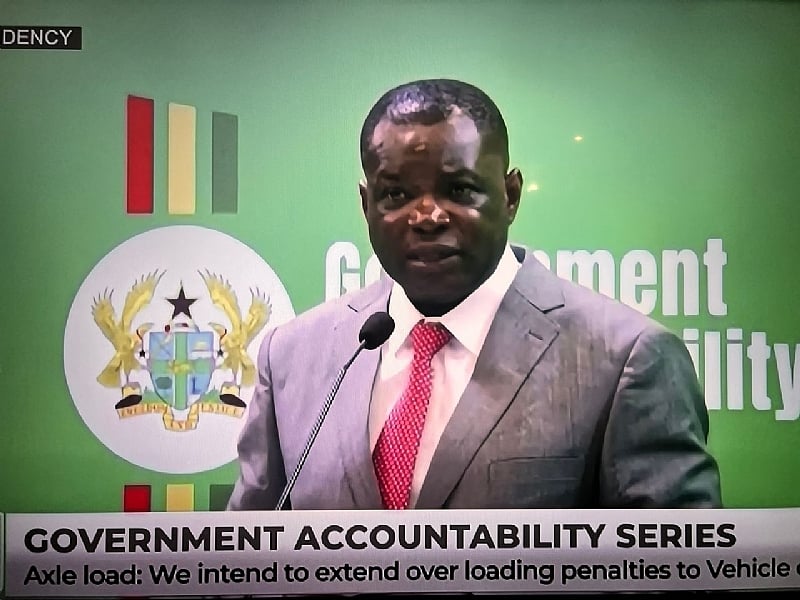The Ghanaian government, under the leadership of Roads and Highways Minister Governs Kwame Agbodza, has announced the reinstatement of road and bridge tolls, marking a significant shift in the country’s infrastructure financing strategy. This decision, recently endorsed by the Cabinet, aims to address the funding gap created by the 2021 toll suspension and introduce a more sustainable, technology-driven system to support road maintenance nationwide. The move signals a commitment to modernizing the outdated toll collection process, enhancing transparency, and ensuring that funds collected are directly invested in improving road conditions.
The previous toll system was plagued by inefficiencies, corruption, and logistical challenges. Manual collection points created bottlenecks and opportunities for revenue leakage, undermining public trust and hindering effective road maintenance. The new system promises a radical departure from these practices, leveraging technology to create a seamless and transparent process. Digital platforms will replace manual collection points, streamlining transactions, minimizing commuter inconvenience, and ensuring accountability in revenue management. This digital transformation is expected to not only improve efficiency but also build public confidence in the integrity of the toll system.
The government’s emphasis on transparency is central to the reintroduction of tolls. Minister Agbodza underscored the commitment to ensuring that every cedi collected is directly reflected in improved road conditions. This direct link between toll revenue and road maintenance is a key element of the new strategy, designed to assure the public that their contributions are being utilized responsibly and effectively. The focus on accountability aims to restore public trust and demonstrate the government’s commitment to efficient infrastructure management.
The decision to reinstate tolls comes after their controversial suspension in 2021, a move that created a significant funding gap for road maintenance. While the suspension initially garnered mixed reactions, the resulting deterioration of road conditions across the country has highlighted the need for a sustainable financing mechanism. The reintroduction of tolls, coupled with the commitment to a modernized, transparent system, signals the government’s intention to address this funding shortfall and improve the quality of Ghana’s road infrastructure. The focus on technology and accountability is intended to mitigate the concerns that led to the previous system’s shortcomings.
The government’s renewed approach represents a comprehensive overhaul of the previous toll regime, moving away from manual collections and embracing a digital future. This shift is not simply about reinstating tolls but about building a credible system that guarantees value for money. By prioritizing transparency and efficiency, the government aims to ensure that road users directly benefit from their contributions through better road conditions and timely maintenance. This new strategy ultimately aims to build a sustainable financing model for Ghana’s road infrastructure, while simultaneously improving the commuting experience for citizens.
This initiative signifies a broader commitment to reforming public infrastructure financing in Ghana. By linking toll revenue directly to road maintenance, the government aims to establish a clear and accountable system where the benefits are directly visible to the public. The modernized approach, anchored in technology and transparency, is designed to ensure the long-term sustainability of road infrastructure development and maintenance, marking a significant step towards improving Ghana’s transportation network and fostering economic growth. The success of this initiative will not only depend on the efficient implementation of the new technology but also on maintaining public trust and demonstrating tangible improvements in road conditions.


